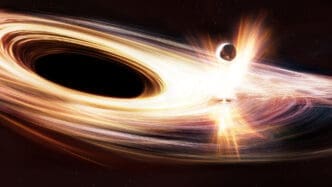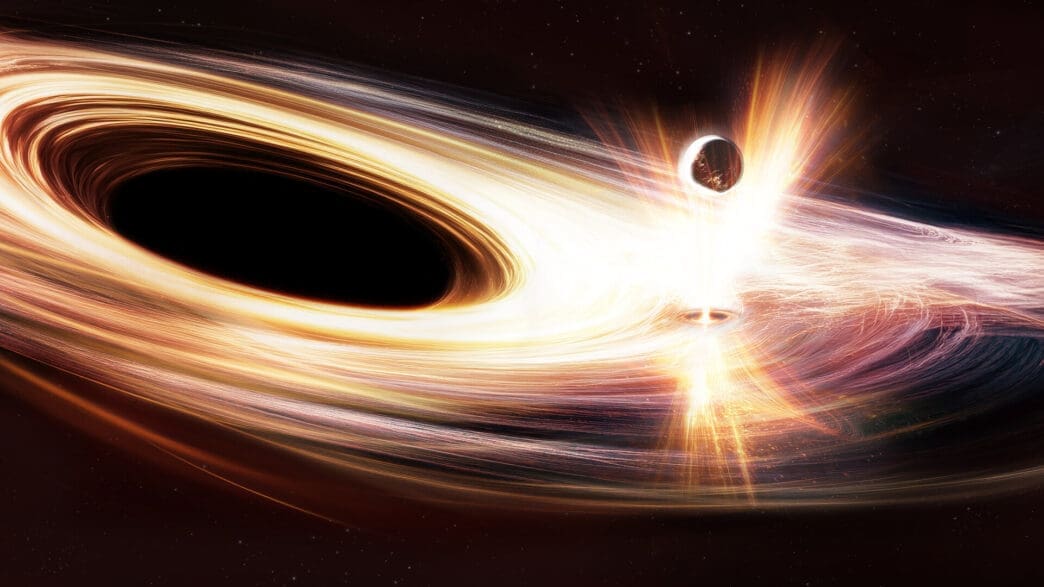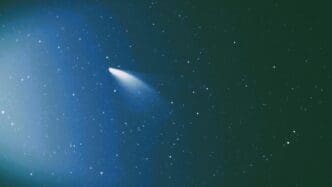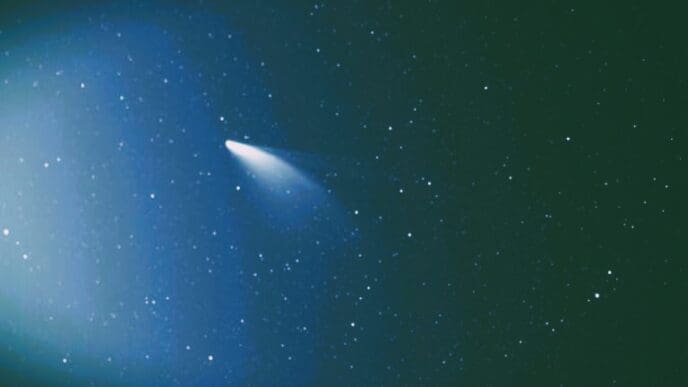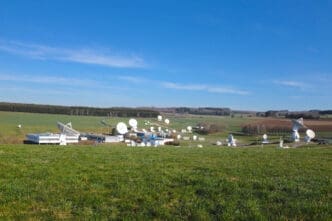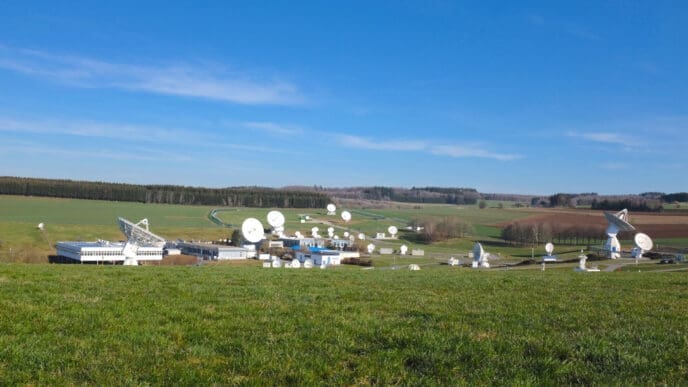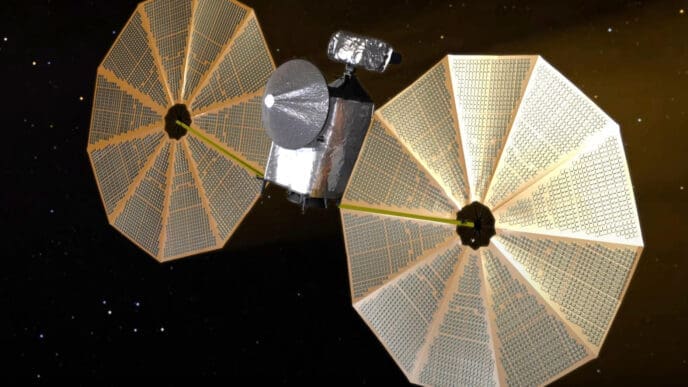The European Space Agency’s XMM-Newton observatory is at the forefront of unraveling the mysteries surrounding the longest and most energetic X-ray bursts emanating from a recently reawakened black hole. This real-time observation is providing a rare opportunity to delve deeper into the enigmatic behavior of these colossal cosmic entities.
Giant Black Hole Awakens with Recurring X-ray Bursts
While it is known that supermassive black holes, which can be millions of times the mass of our Sun, reside at the centers of most galaxies, their elusive nature makes them challenging to observe and study. Contrary to the popular belief of black holes perpetually consuming matter, these gravitational behemoths can remain in a dormant state for extended periods.
This was the case with the black hole at the core of the distant galaxy SDSS1335+0728, located 300 million light-years away in the Virgo constellation. After years of inactivity, this black hole has suddenly come to life, producing astonishing flashes of X-ray light. The initial signs of activity were detected in late 2019, when the galaxy unexpectedly brightened, capturing the attention of astronomers.
After extensive observations, researchers determined that these unusual changes marked the black hole’s transition to an active phase. The galaxy’s brightly illuminated central region is now classified as an active galactic nucleus, affectionately nicknamed ‘Ansky.’
Paula Sánchez Sáez, a researcher at the European Southern Observatory in Germany and leader of the team that first studied the black hole’s activation, noted, “When we first observed Ansky light up in optical images, we initiated follow-up observations using NASA’s Swift X-ray space telescope and reviewed archived data from the eROSITA X-ray telescope, but initially, there was no evidence of X-ray emissions.”
Observing Unprecedented X-ray Bursts
In February 2024, a team led by Lorena Hernández-García from Valparaiso University in Chile began detecting nearly regular intervals of X-ray bursts from Ansky. “This rare event allows astronomers to observe a black hole’s behavior in real time using X-ray space telescopes like XMM-Newton and NASA’s NICER, Chandra, and Swift,” Hernández-García explained. “The phenomenon, known as a quasiperiodic eruption (QPE), involves short-lived flaring events, and this is the first time such an event has been observed in a waking black hole.”
Since the discovery of the first QPE episode in 2019, only a few more instances have been recorded. The exact cause of these eruptions remains a mystery, but studying Ansky could enhance understanding of black hole behavior and evolution.
XMM-Newton has played a crucial role in this research, as it is the only X-ray telescope sensitive enough to detect the weaker X-ray background light between bursts. This capability allowed researchers to measure how dim Ansky becomes, enabling them to calculate the energy released during its luminous eruptions.
Possible Causes of the Phenomenon
Current theories suggest that QPEs may result from an object, such as a star or small black hole, interacting with the accretion disc surrounding a black hole. These events are often associated with the destruction of a star; however, there is no evidence to suggest that Ansky has destroyed any star.
The unique characteristics of Ansky’s recurring bursts have led the research team to explore alternative explanations. One possibility is that the accretion disc consists of gas captured from its surroundings, with the X-ray flares originating from energetic shocks within the disc, caused by a small celestial object disrupting the orbiting material repeatedly.
Joheen Chakraborty, a team member and PhD student at the Massachusetts Institute of Technology, USA, remarked, “The X-ray bursts from Ansky are significantly longer and more luminous than typical QPEs. Each eruption releases a hundred times more energy than previously observed, challenging our existing models.”
Implications for Future Observations
This unprecedented opportunity to observe Ansky evolving in real time is invaluable for astronomers seeking to deepen their understanding of black holes and their associated phenomena. “For QPEs, we still have more models than actual data, and additional observations are crucial to unraveling these mysteries,” commented ESA Research Fellow and X-ray astronomer Erwan Quintin.
Quintin also emphasized the potential connection between these repetitive bursts and gravitational waves, which ESA’s upcoming mission LISA may be able to detect. “X-ray observations will be essential in complementing gravitational wave data, helping us decipher the puzzling behavior of massive black holes,” he added.
Additional Information
The study titled “Discovery of extreme Quasi-Periodic Eruptions in a newly accreting massive black hole” by L. Hernandez-García et al. has been published in Nature Astronomy. DOI 10.1038/s41550-025-02523-9. Dr. Lorena Hernandez-Garcia is also affiliated with the Millennium Institute of Astrophysics and Millennium Nucleus TITANS, Chile.
The study “SDSS1335+0728: The awakening of a ∼106 M⊙ black hole” by P. Sánchez-Sáez et al. was featured in the August 2024 edition of Astronomy & Astrophysics.
For further inquiries, contact ESA Media relations at media@esa.int.

